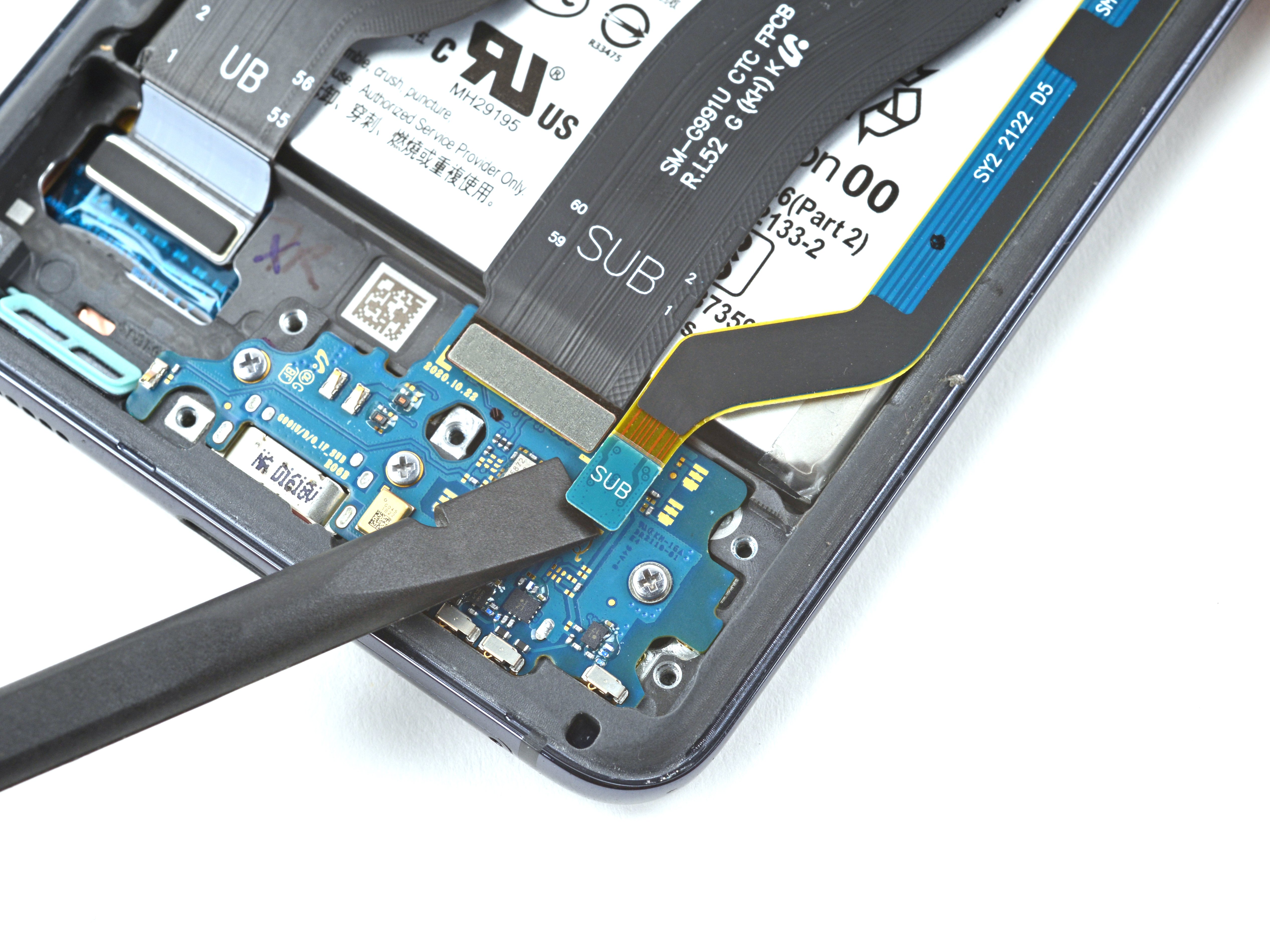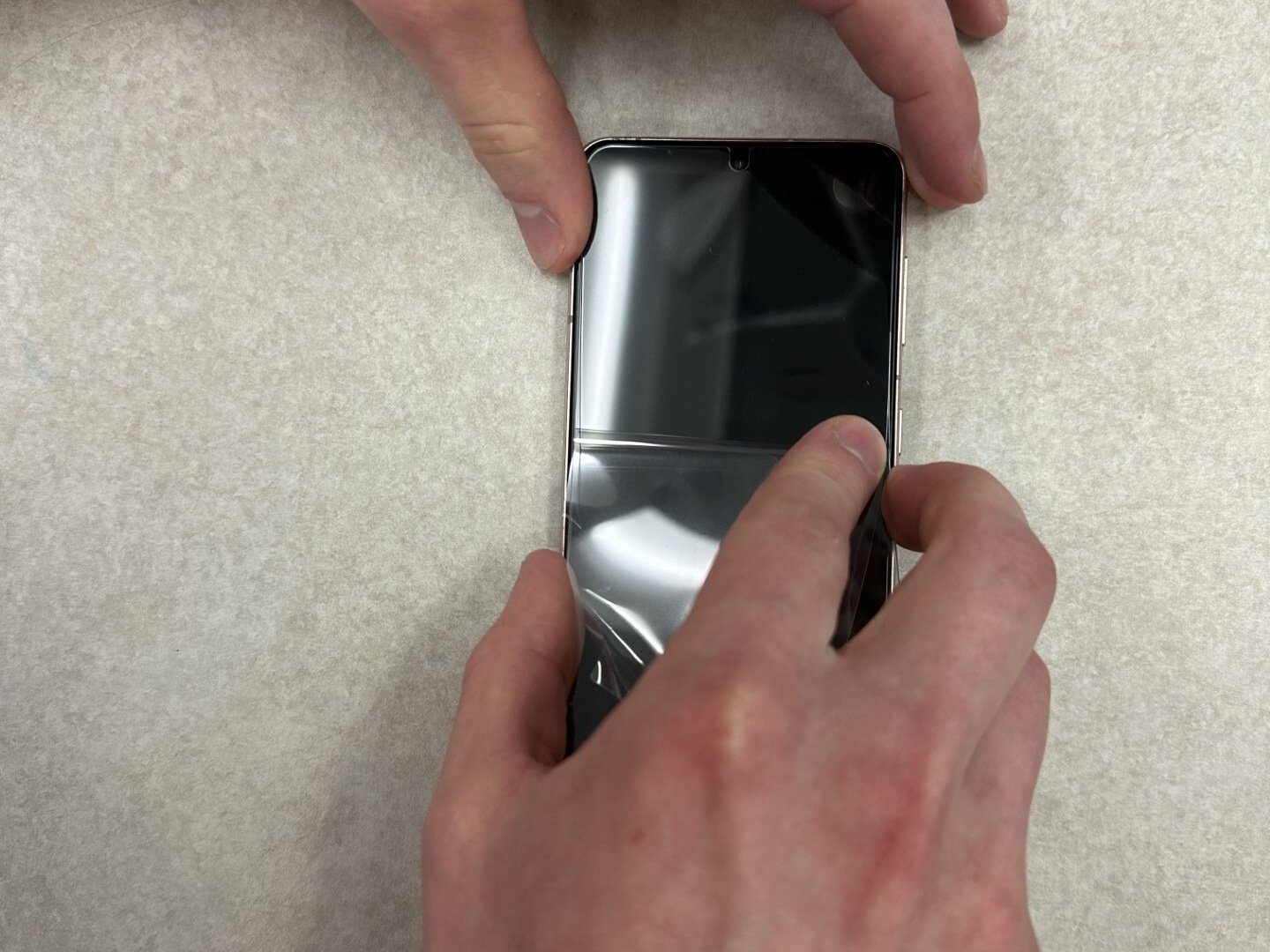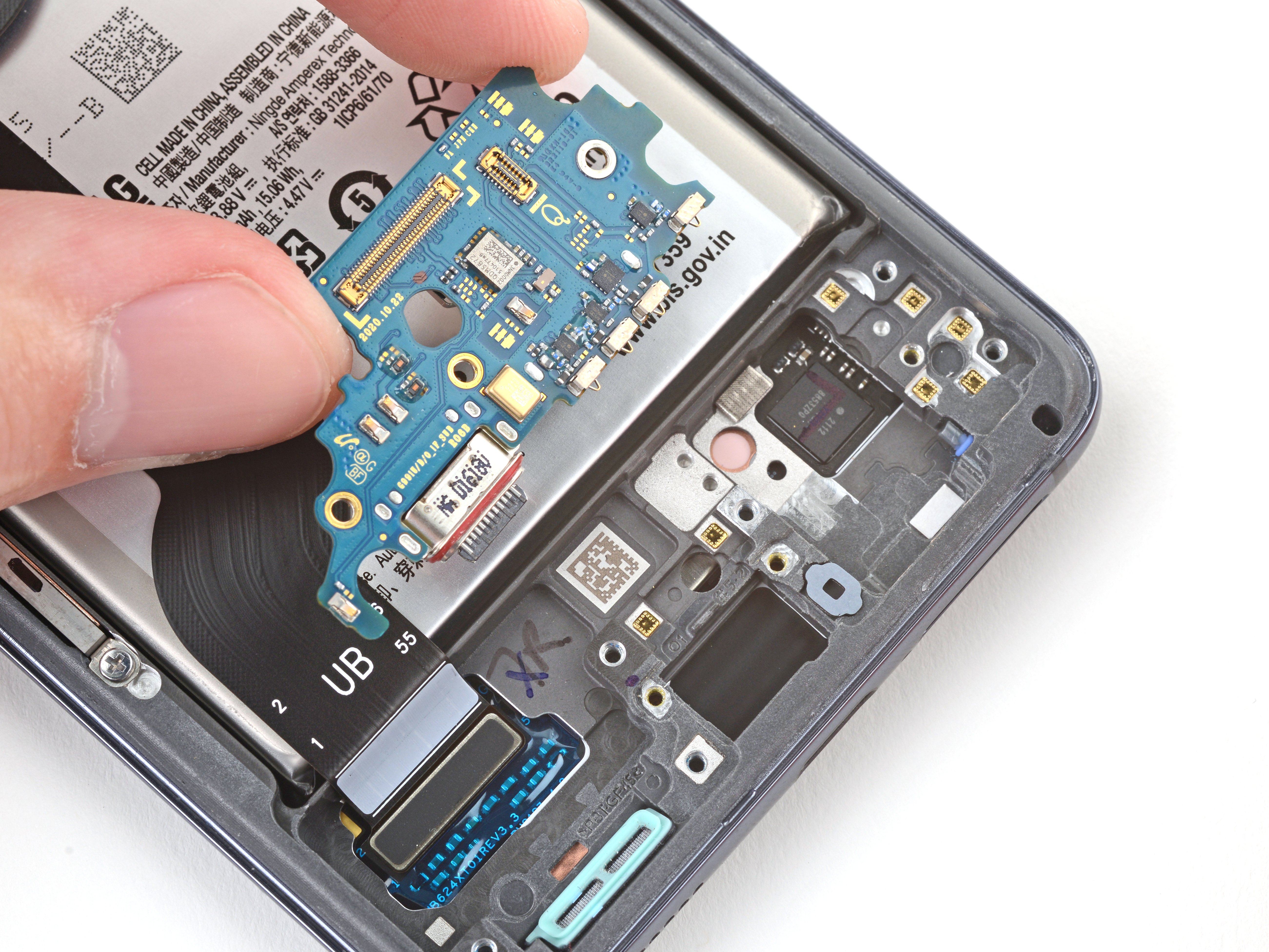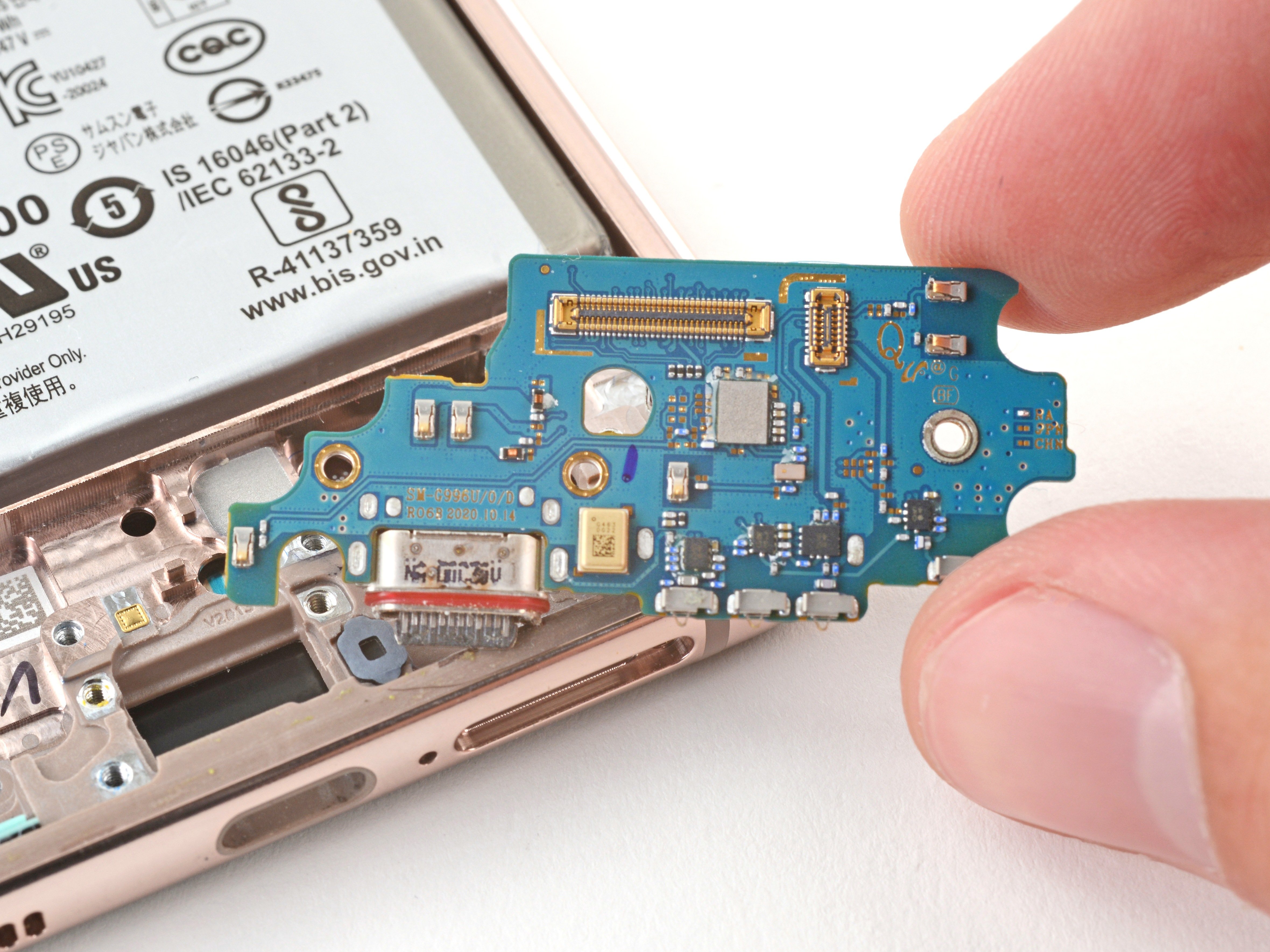How to Create a Bootable USB Drive for Apple
Duration: 45 minutes
Steps: 8 Steps
Hey there, repair champion! Just a friendly reminder: tackling these steps with care is the way to go. If you run into any hiccups or feel a little unsure, don’t sweat it! You can always schedule a repair and let the pros handle it. You’ve got this!
Ready to whip up a bootable USB drive for macOS X El Capitan, Yosemite, Mavericks, Sierra, High Sierra, Mojave, Catalina, Big Sur, Monterey, Ventura, and Sonoma? You’ve got this! For a detailed guide, check out the Apple Support page here. If you need help, you can always schedule a repair.
Step 1
If you’ve previously snagged this version of macOS using your current Apple ID, you might just find it hanging out in the ‘Purchased’ tab!
Heads up, Windows users! The installer isn’t directly available for you. To get your hands on it, you’ll need to borrow a macOS device, swing by an Apple Retail Store, or get creative with a Hackintosh.
– If you’re rocking macOS Mojave, just click this link to snag the Mojave installer in the App Store. For Catalina enthusiasts, click right here.
– Hit that Get or Download button!
Step 2
– Once the download is wrapped up, go ahead and close the App Store. The installation window should pop up right after that.
– Just click on the ‘Install macOS (insert your version here)’ option at the top left corner of your screen, and then choose ‘Quit Install macOS (insert your version here)’.
Step 3
Heads up! Your USB drive is about to go through a bit of a makeover, which means it will be wiped clean. So, make sure to save any important data before we dive in!
– Pop your USB drive into one of those handy USB ports on your Mac!
– Give Finder a little nudge to locate your USB, or if you’ve got Finder preferences set just right, it might even be chilling on your Desktop.
Step 4
– Fire up that Terminal!
Step 5
Instead of “/Volumes/MyVolume”, go ahead and type in the name of your USB drive. Make sure to type everything else just as you see it (or even better, copy and paste it right from here).
– In Terminal, go ahead and type one of the following commands based on your macOS version. Remember, the version you want to install is the one you downloaded, so make sure you’re all set before you hit enter!
Step 6
If you’re getting the quirky error message saying “does not appear to be a valid OS installer application,” just delete that macOS image and grab a fresh one! You’ve got this!
– For High Sierra: Get ready to rock that install! Just run this command: sudo /Applications/Install\ macOS\ High\ Sierra.app/Contents/Resources/createinstallmedia –volume /Volumes/MyVolume –applicationpath /Applications/Install\ macOS\ High\ Sierra.app.
– For Mojave: It’s time to get your Mojave groove on! Hit the terminal with this: sudo /Applications/Install\ macOS\ Mojave.app/Contents/Resources/createinstallmedia –volume /Volumes/MyVolume.
– For Catalina: Let’s sail smoothly into Catalina! Simply type this command: sudo /Applications/Install\ macOS\ Catalina.app/Contents/Resources/createinstallmedia –volume /Volumes/MyVolume.
– For Big Sur: Ready to make waves with Big Sur? Just run: sudo /Applications/Install\ macOS\ Big\ Sur.app/Contents/Resources/createinstallmedia –volume /Volumes/MyVolume.
– For Monterey: Time to feast on Monterey! Use this command: sudo /Applications/Install\ macOS\ Monterey.app/Contents/Resources/createinstallmedia –volume /Volumes/MyVolume.
– For Ventura: Let’s venture into Ventura! Execute this in your terminal: sudo /Applications/Install\ macOS\ Ventura.app/Contents/Resources/createinstallmedia –volume /Volumes/MyVolume.
– For Sonoma: Get ready for Sonoma vibes! Just type this command: sudo /Applications/Install\ macOS\ Sonoma.app/Contents/Resources/createinstallmedia –volume /Volumes/MyVolume.
Step 7
Hang tight! We’re kicking off the creation of your bootable drive. Just sit back and relax until everything is ready to roll.
– Once you’ve typed in the command along with your USB drive’s name, give that key a friendly tap!
– Next up, go ahead and enter your macOS administrator password.
– Hit again, just to keep things rolling.
– Take a quick peek at the name and path of your USB key. If everything checks out, press the another press!
Step 8
Hooray! Terminal just said it’s a wrap on your bootable drive creation. You’ve cracked this step like a pro!
– To get things rolling from the USB, start by ensuring your Mac is powered off. Then, as soon as you hear that iconic chime, press and hold the key while you turn it on.


























